Birds are among nature’s most captivating and challenging photography subjects. Their colorful plumage, interesting behaviors, and fleeting presence make them highly sought-after by photographers worldwide. However, capturing stunning bird photographs requires more than just good equipment – it demands patience, knowledge, and techniques that allow you to get close without disturbing these naturally wary creatures. In this comprehensive guide, we’ll explore proven methods to photograph birds while respecting their space and natural behaviors, resulting in more authentic and impressive images.
Understanding Bird Behavior: The Foundation of Bird Photography
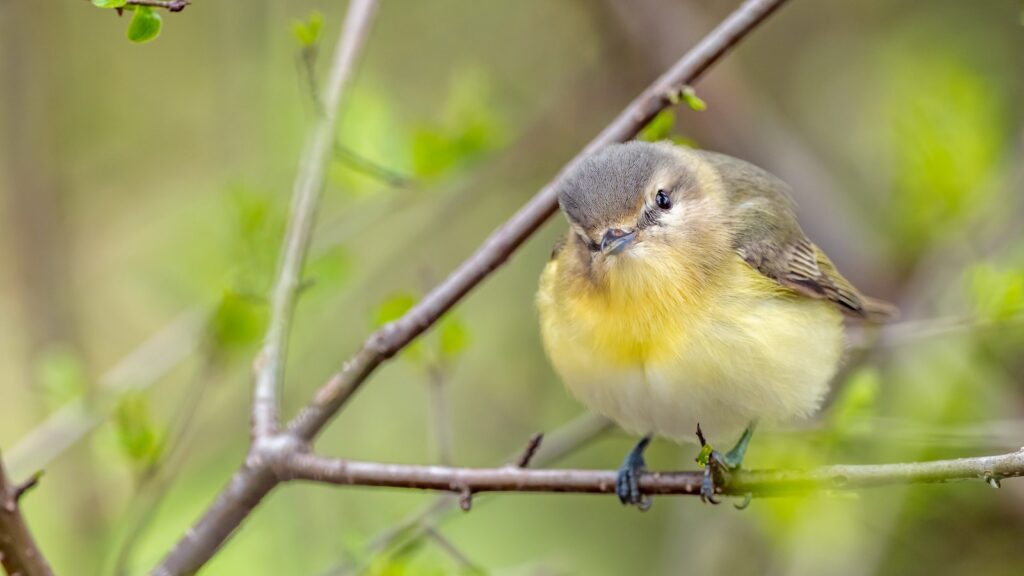
Before picking up your camera, understanding how birds behave is crucial to successful wildlife photography. Birds have evolved keen senses to detect potential threats, with excellent vision and acute hearing that alerts them to unusual movements or sounds. Different species exhibit varying tolerance levels for human presence—some birds in urban environments may be relatively accustomed to people, while birds in remote areas might flee at the slightest disturbance. Learning to read warning signs such as alert postures, increased calling, or freezing behavior can help you recognize when a bird is becoming uncomfortable with your presence. This fundamental knowledge forms the foundation for all the techniques we’ll discuss, as respecting the bird’s comfort zone not only produces better photographs but ensures you’re practicing ethical wildlife photography.
Choosing the Right Equipment for Distance Photography
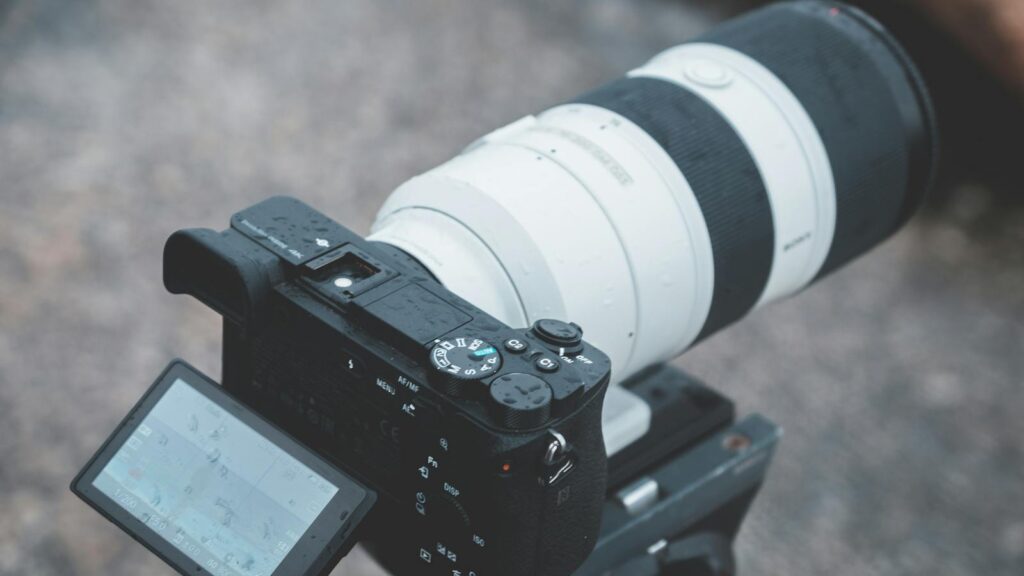
The right equipment makes a tremendous difference in bird photography, particularly when maintaining distance is essential. A telephoto lens with a focal length of at least 300mm is generally considered the minimum for serious bird photography, with many professionals preferring 500mm or longer lenses. Modern mirrorless cameras offer silent shooting modes that eliminate shutter noise, a significant advantage when photographing skittish birds. Consider using a sturdy tripod or monopod to stabilize your setup, as longer lenses amplify even the slightest hand movements. If budget is a concern, teleconverters can extend your lens’s reach, though they may reduce some image quality and light-gathering ability. Remember that while expensive gear can help, even modest equipment in skilled hands can produce remarkable bird photographs when combined with proper technique.
Mastering Camouflage Techniques
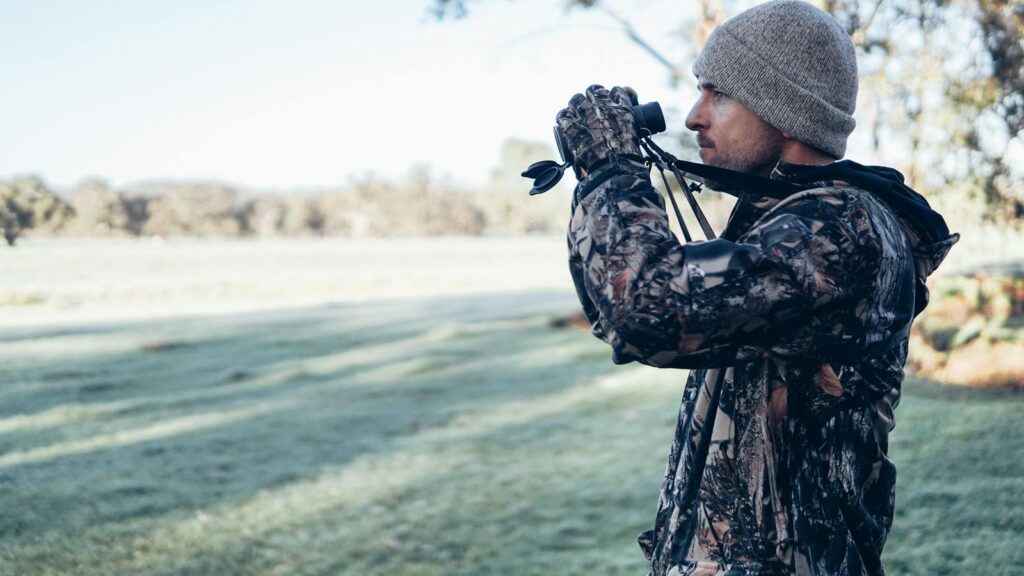
Effective camouflage is one of the most powerful tools for getting closer to birds without alarming them. Wearing clothing that blends with your environment—earth tones in woodland settings or muted greens in grasslands—helps break up your human silhouette. Commercial camouflage patterns designed for hunters work excellently for photographers as well. Beyond clothing, consider using a camouflage cover for your camera and lens, as the reflective surfaces and straight lines of photography equipment can appear unnatural and threatening to birds. Some photographers take camouflage further by using scent-masking products, particularly when photographing birds with keen senses of smell like some waterfowl species. When moving in camouflage, do so slowly and deliberately, as quick movements will betray your presence regardless of how well-concealed your appearance might be.
The Art of Moving Slowly and Deliberately
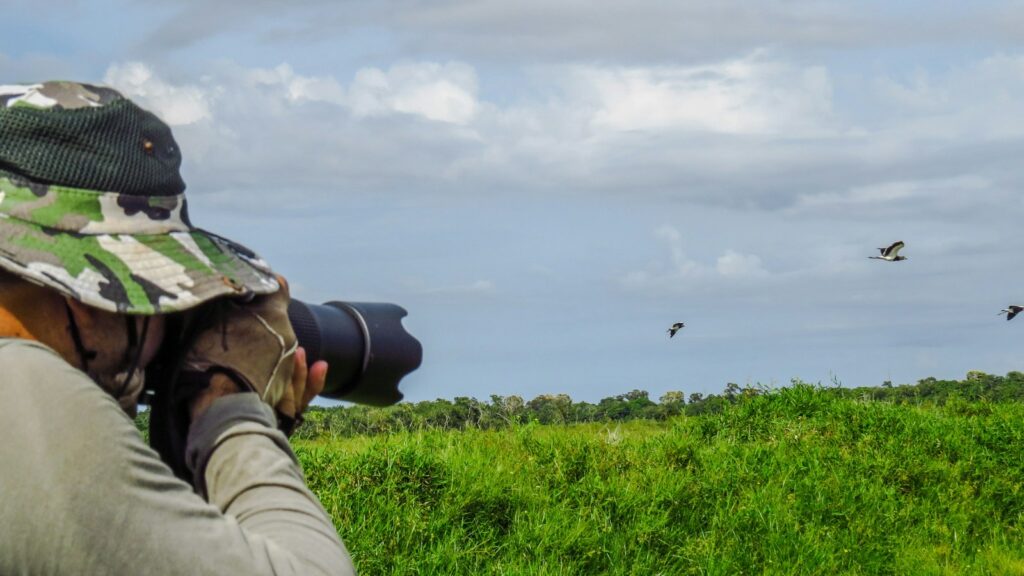
How you move near birds is often more important than how you look. Birds are highly attuned to detecting predatory movements, which typically involve quick, direct approaches. To avoid triggering their flight response, practice moving with extreme patience—sometimes taking several minutes to adjust your position by just a few feet. When approaching birds, never move directly toward them; instead, take an indirect path, occasionally looking away as direct eye contact can be interpreted as predatory intent. If a bird appears alert to your presence, freeze completely until it resumes normal behavior before proceeding. Developing this slow, deliberate movement style requires practice and discipline, but the rewards are significant: closer proximity and more natural behavior in your subjects. Remember that the most successful bird photographers often spend hours moving just a short distance to achieve the perfect position.
Using Blinds and Hides Effectively
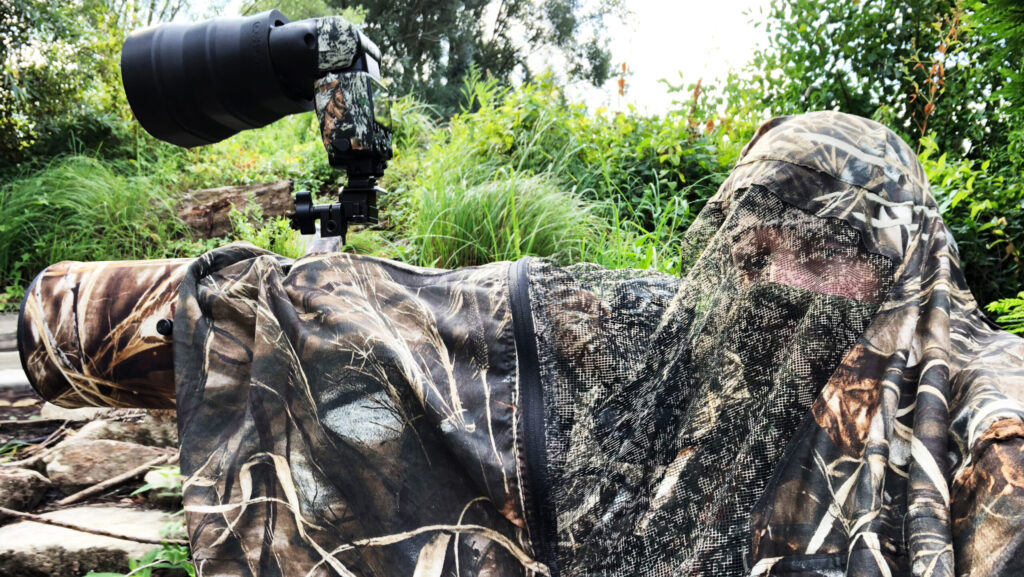
Photography blinds represent one of the most effective methods for capturing intimate bird behavior without causing disturbance. Commercial photography blinds range from portable pop-up styles to more substantial structures, all designed to conceal your presence while providing viewing ports for your camera. Many nature reserves maintain permanent photography blinds positioned near feeding stations or nesting areas. For a budget-friendly approach, you can create a simple blind using camouflage fabric draped over a frame or even utilize your vehicle as a blind, as birds often perceive cars as non-threatening objects. The key to successful blind photography is setting up well before birds are active and remaining patient and quiet inside. Some photographers enter blinds before dawn and remain for hours, allowing birds to grow comfortable with the blind’s presence and resume natural behaviors.
The Power of Pre-Scouting Locations
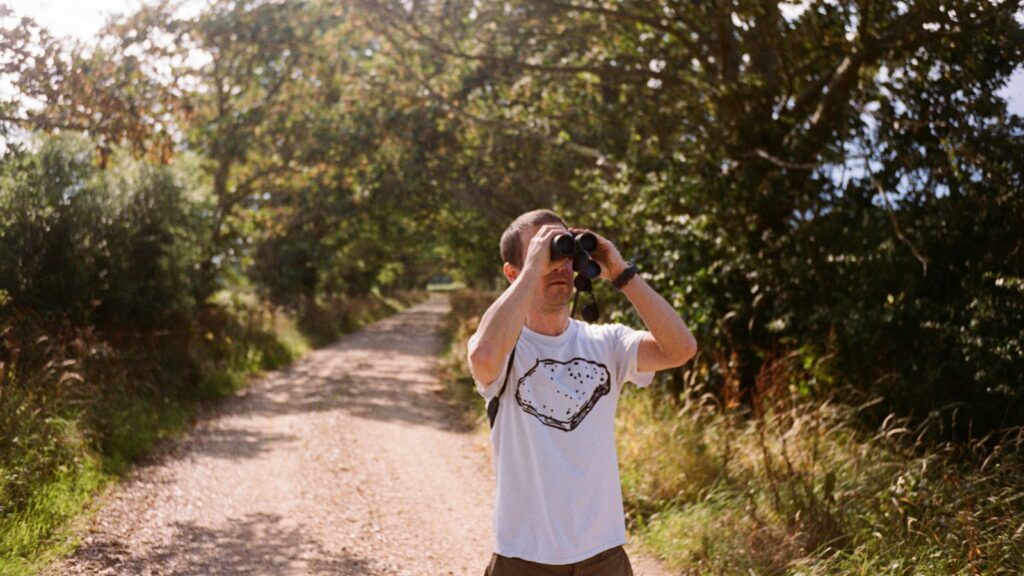
Thorough location research dramatically increases your chances of successful bird photography without disturbance. Begin by identifying reliable locations where your target species regularly appears—feeding areas, perches, nesting sites, or migration stopover points. Visit these locations without camera equipment initially, simply observing patterns of behavior, preferred perches, flight paths, and timing of activity. Keep detailed notes about lighting conditions at different times of day, as the best photographic opportunities often occur during the golden hours of early morning and late afternoon. Many experienced bird photographers maintain location journals spanning years, allowing them to predict with remarkable accuracy where and when to position themselves for specific species. This preparation means less time spent searching and adjusting once you begin photographing, resulting in minimal disturbance to your subjects.
Employing Remote Photography Techniques
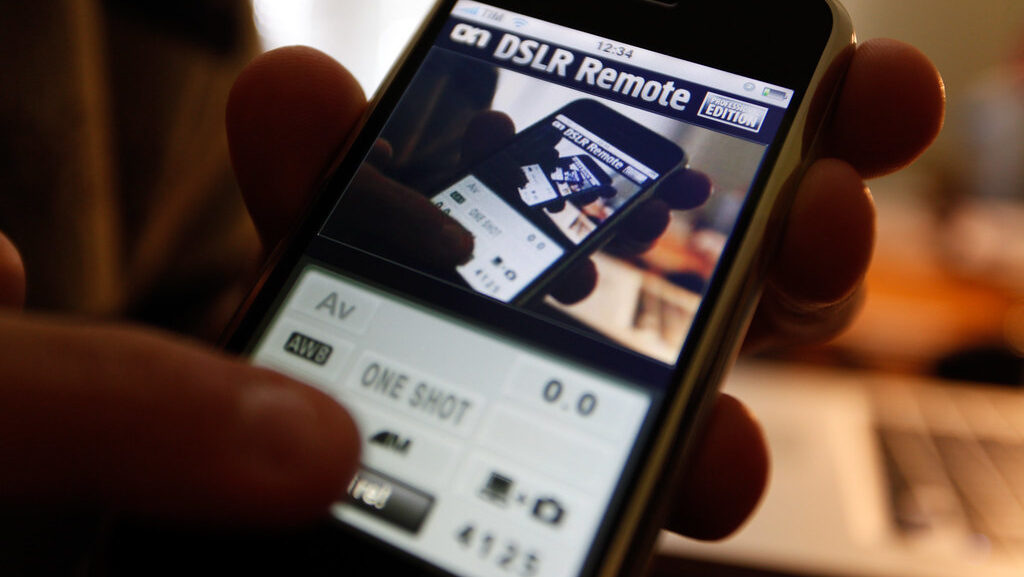
Remote photography systems allow you to capture images from a distance, eliminating your physical presence near sensitive species. Modern DSLR and mirrorless cameras often offer smartphone connectivity, enabling you to compose, focus, and shoot from dozens of meters away. More advanced setups might include weatherproof camera housings with motion sensors that trigger the shutter when birds enter the frame. When photographing particularly shy species or nesting birds, you might set up your camera on a tripod, compose the shot, and then retreat to operate it remotely. These methods are particularly valuable when photographing endangered species or birds during sensitive breeding periods. While remote photography requires additional equipment investment, it represents one of the least intrusive approaches to capturing intimate bird behavior.
Using Natural Blinds in the Environment
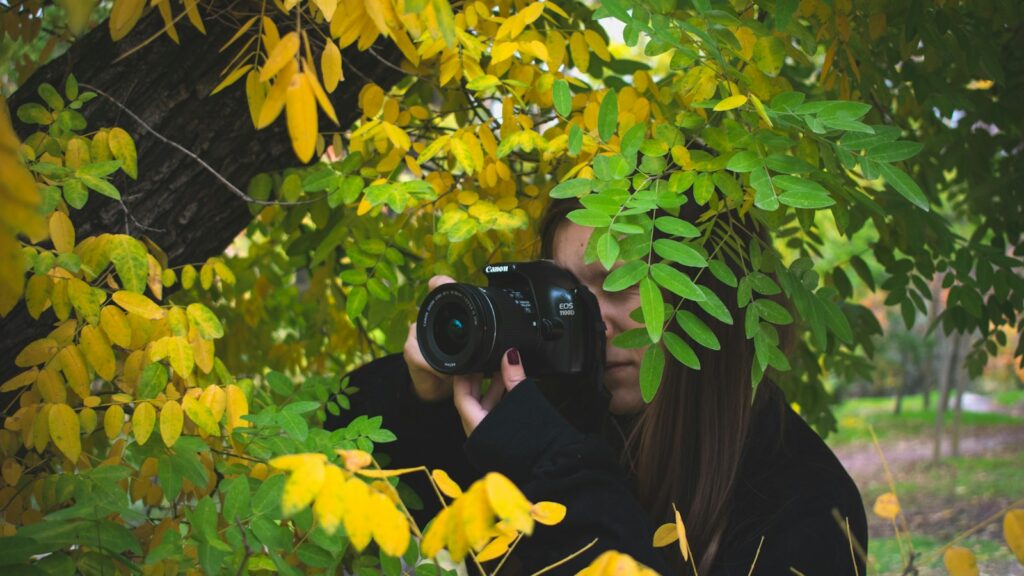
The landscape itself often provides excellent concealment opportunities that cause minimal disturbance to birds. Large trees, rock formations, dense vegetation, and natural terrain features can serve as effective blinds when used thoughtfully. Position yourself behind these natural features, exposing only your lens while keeping your body hidden. Natural blinds have several advantages over artificial structures: they’re already part of the environment birds are accustomed to, they require no setup time, and they’re often positioned in locations birds naturally frequent. When using natural blinds, approach from the side opposite where birds are likely to appear, and settle in quietly before your subjects arrive. Even a fallen log or slight rise in terrain can provide sufficient concealment if you maintain a low profile and minimize movement.
The Sit-and-Wait Approach

Sometimes the simplest strategies are most effective, and the sit-and-wait technique exemplifies this principle in bird photography. Rather than pursuing birds, find a promising location, make yourself comfortable, and allow birds to come to you. This approach works particularly well near water sources, fruiting trees, or natural feeding areas that birds visit regularly. Position yourself with good light angles in mind, settle in quietly, and prepare for potentially long waits. The longer you remain still, the more the birds will accept your presence and resume natural behaviors. Experienced photographers using this method often report that after 30-60 minutes of stillness, birds may approach remarkably close, sometimes coming within feet of their position. This technique requires patience but rewards photographers with intimate behavioral shots that would be impossible to capture when actively pursuing birds.
Ethical Considerations and Respecting Boundaries
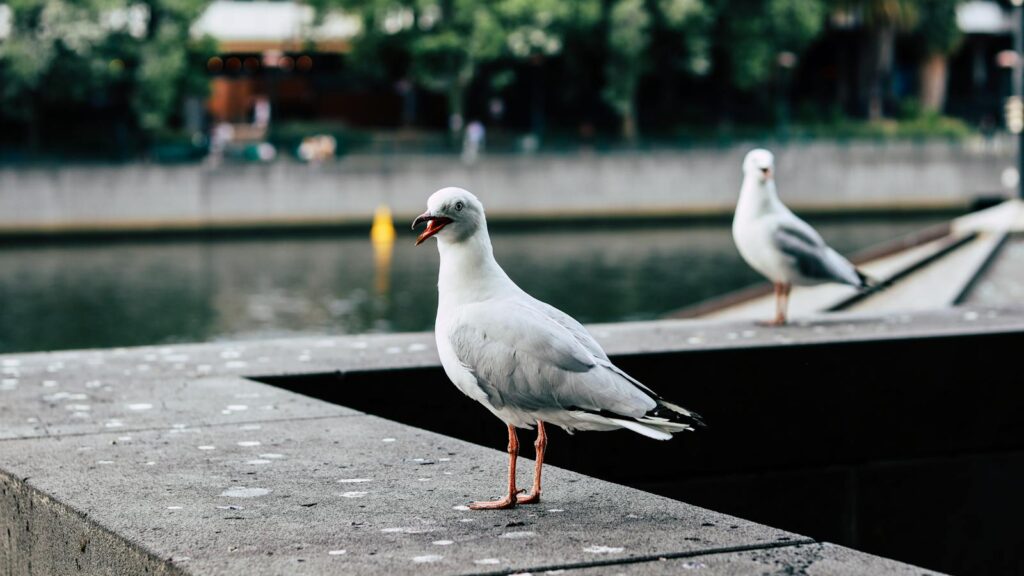
Ethical bird photography places the welfare of subjects above getting the perfect shot—a principle that produces better images while protecting wildlife. Learn to recognize stress behaviors in birds, which may include alarm calling, repeated head-bobbing, freezing in place, or feather-slicking. If you observe these signs, immediately increase your distance. Nesting periods require special sensitivity; disturbing nesting birds can cause abandonment of eggs or young, or attract predators to the nest site. Many professional bird photographers follow the North American Nature Photography Association (NANPA) ethical field practices, which provide excellent guidelines for minimizing impact. Understand that some images simply aren’t worth pursuing if getting them would cause significant stress to your subjects. The most respected bird photographers are those who consistently demonstrate their commitment to conservation through their field practices.
Habituating Birds to Your Presence
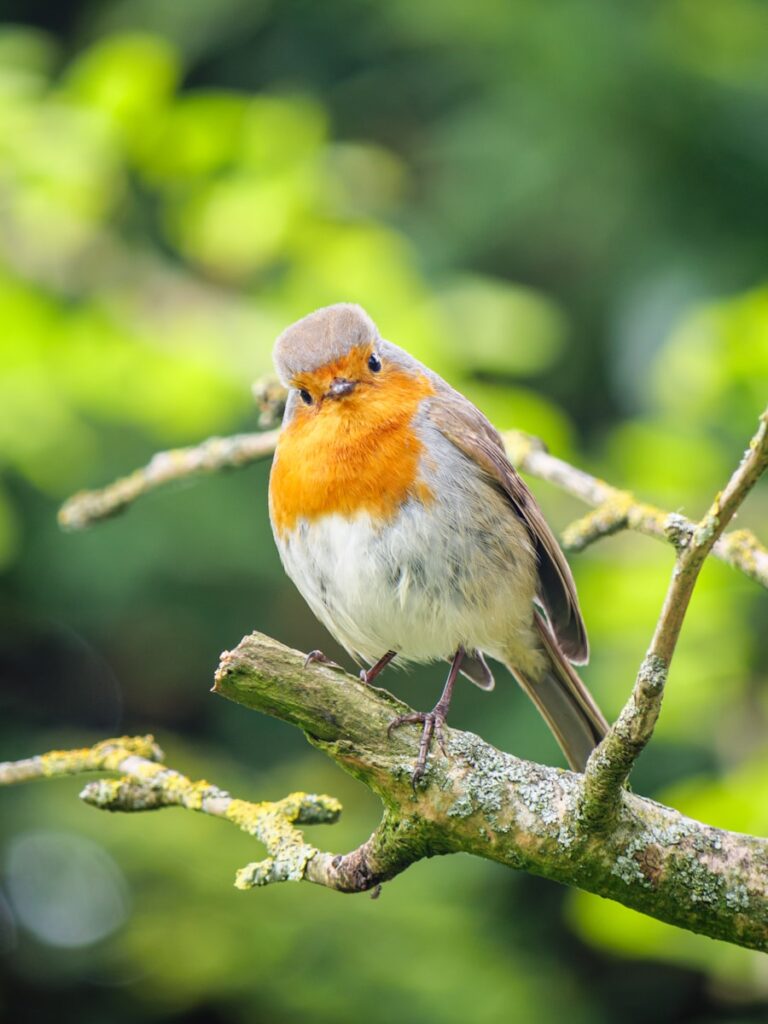
For photographers interested in specific locations like backyard bird photography setups, gradually habituating birds to human presence can yield extraordinary results. This process begins by establishing reliable food sources and then introducing your presence in increasingly closer increments over days or weeks. Start by placing chairs or blinds at a considerable distance from feeding areas, gradually moving them closer as birds demonstrate comfort with your presence. Wearing the same clothing during each session helps birds recognize you as a non-threatening entity. Some photographers who practice this method eventually achieve remarkable proximity, with birds continuing natural behaviors just feet away. This technique works best with resident birds rather than migrants and should always be practiced with sensitivity to the birds’ comfort level, never forcing proximity that causes visible stress.
Leveraging Seasonal Opportunities

Different seasons present unique opportunities to photograph birds without disturbing them, particularly during periods when birds are naturally focused on specific activities. During breeding season, male birds displaying to attract mates often become less wary as they concentrate on courtship behaviors. Migration periods bring concentration points where birds gather to feed intensively before continuing their journeys, sometimes becoming less cautious as they prioritize building energy reserves. Winter feeding frenzies in northern climates can similarly present opportunities when birds’ focus on survival overrides some caution. Understanding these seasonal windows allows photographers to plan sessions when birds are naturally more tolerant of careful human presence. Research the specific seasonal behaviors of your target species, as timing varies dramatically between different birds—from the spring courtship of grouse to the fall migration of warblers.
Post-Processing to Maximize Distance Shots

Modern post-processing techniques can significantly enhance images taken from respectful distances, reducing the need to get extremely close to birds. Understanding cropping strategies allows you to frame distant subjects effectively while maintaining sufficient resolution for quality images. Noise reduction software has advanced dramatically, enabling cleaner images at higher ISO settings when shooting in challenging light conditions from greater distances. Sharpening techniques, when applied judiciously, can enhance feather detail in images that might otherwise appear slightly soft due to atmospheric distortion over distance. Learning to make subtle adjustments to exposure, contrast, and color can transform a distant shot into a compelling image while allowing you to maintain a non-intrusive distance from your subject. Remember that ethical field practices combined with thoughtful post-processing often produce more compelling images than those achieved through disturbing birds for marginally closer positions.
Conclusion
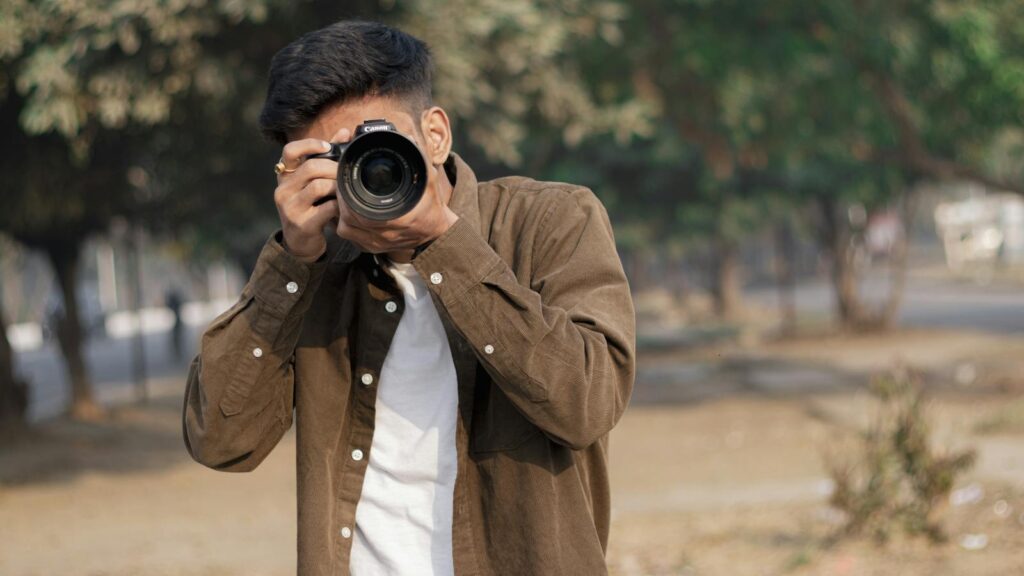
Photographing birds without scaring them away combines technical skill, naturalist knowledge, and ethical awareness. By understanding bird behavior, using appropriate equipment, employing camouflage techniques, and practicing patient field craft, photographers can capture stunning images while minimizing disturbance to their subjects. Remember that the most compelling bird photographs often reveal natural behaviors that can only be observed when birds are completely at ease. As you develop your skills, you’ll discover that respecting birds’ boundaries not only produces better photographs but creates a more rewarding and meaningful photography experience. The art of unobtrusive bird photography represents wildlife observation at its finest—where technology and patience come together to celebrate and document the beauty of birds without interfering in their remarkable lives.
